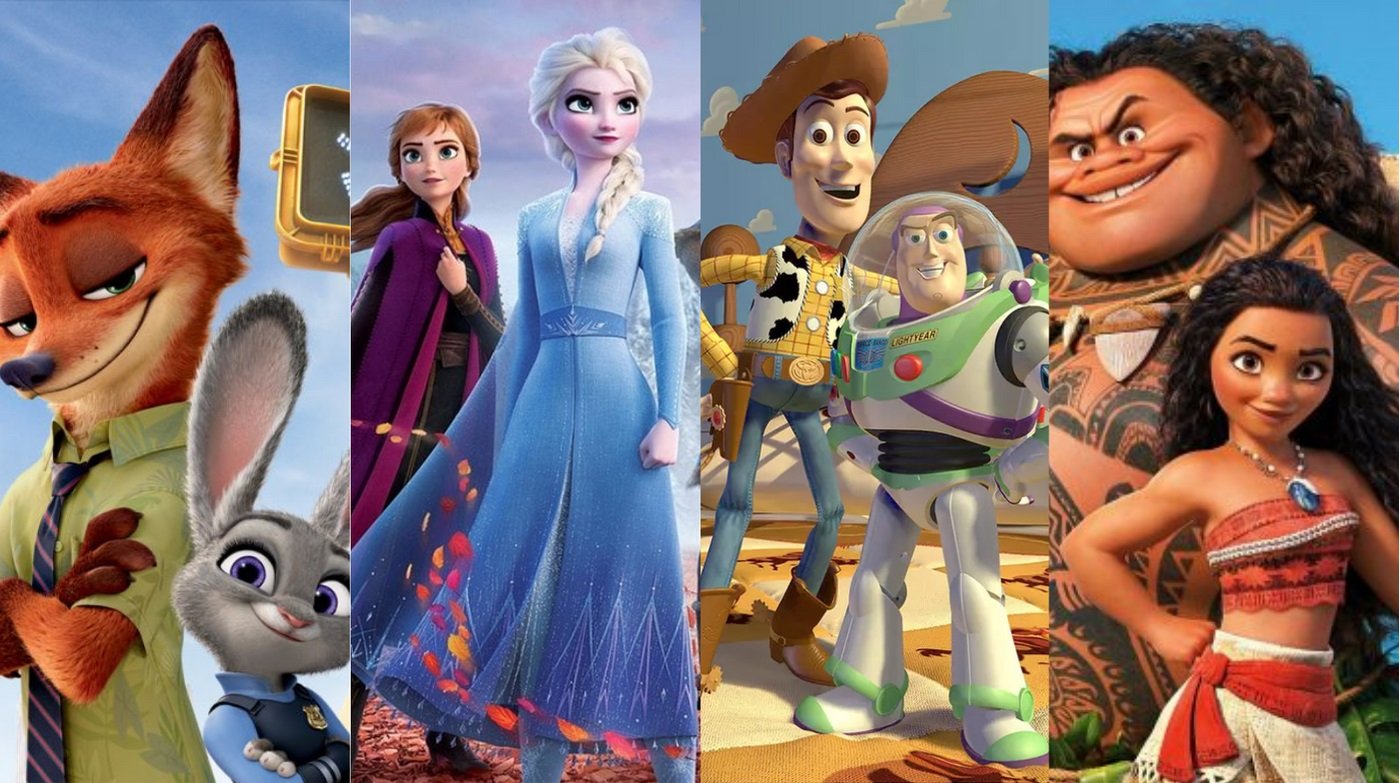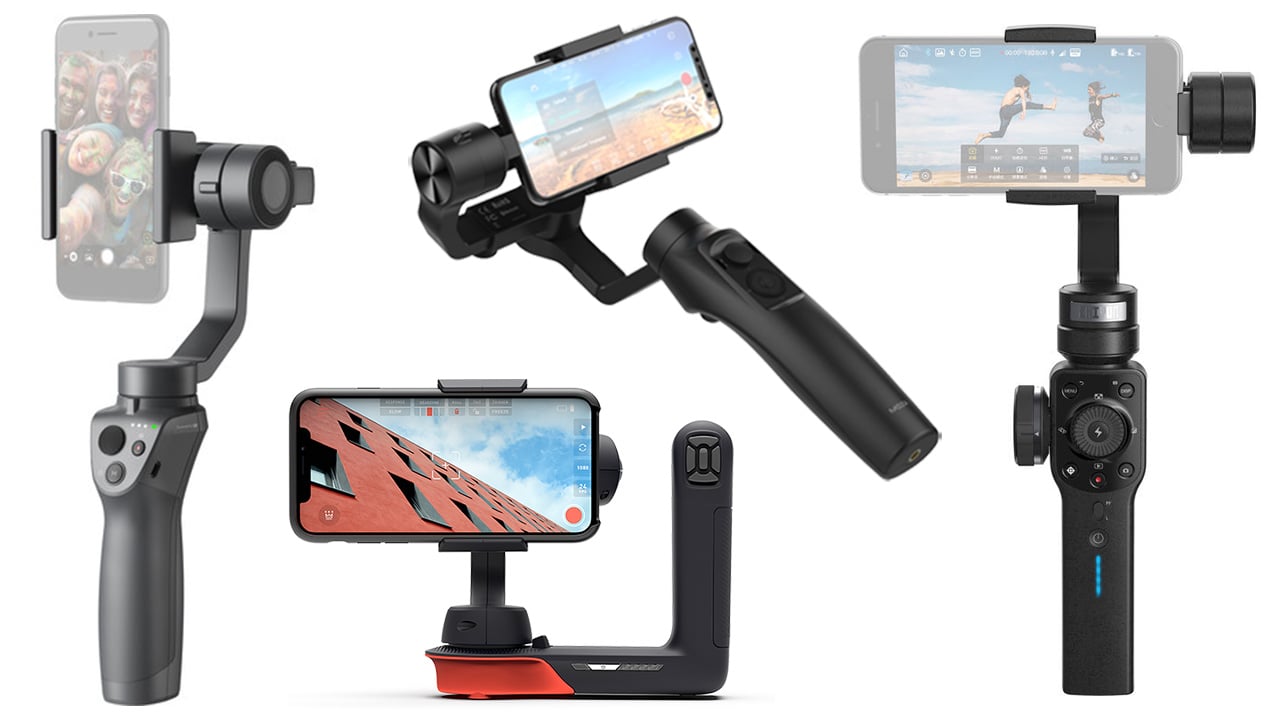Education is a crucial factor in determining a nation’s prosperity and development. The quality of education systems around the world varies widely, with some countries excelling in providing top-notch educational opportunities. In this article, we’ll explore the 25 countries with the best education systems, based on various factors such as patents, GDP per capita, wealth per adult, and an insider monkey score.

Poland
Poland ranks among the top countries with a GDP per capita of $22,393.03 and a mean wealth per adult of $52,741. Despite a lower number of patents per 1,000 people, Poland’s education system is highly regarded.
Saudi Arabia
Saudi Arabia boasts a GDP per capita of $32,586.17 and a substantial mean wealth per adult of $91,000. With an insider monkey score of 2.12, it secures the 24th spot on our list.
Ireland
Ireland stands out with a GDP per capita of $112,247.70 and a mean wealth per adult of $247,000. Its education system earns praise despite a relatively low number of patents per 1,000 people.
China
With an impressive 1,464,605 patent applications in 2022, China demonstrates its commitment to innovation. Its GDP per capita of $12,541.40 and mean wealth per adult of $75,700 contribute to its ranking as one of the top countries for education.
Belgium
Belgium’s GDP per capita of $53,656.83 and mean wealth per adult of $352,814 underscore its dedication to education. Despite a lower number of patents, Belgium’s education system is highly esteemed.
Canada
Canada’s GDP per capita of $53,246.98 and mean wealth per adult of $369,577 underscore its dedication to providing quality education. With 0.117 patents per 1,000 people, Canada ranks among the top countries for education.
Netherlands
The Netherlands reports a GDP per capita of $61,769.70 and 1,861 patent applications, indicating its commitment to innovation. With an insider monkey score of 23.3, it ranks 17th on our list.
Finland
Finland stands out with a GDP per capita of $54,500 and a mean wealth per adult of $179,986. Its education system, coupled with 1,361 patent applications, earns it a spot among the top countries for education.
United Kingdom
With a GDP per capita of $48,912.78, the United Kingdom emphasizes the importance of education. Its 0.167 patents per 1,000 people and mean wealth per adult of $303,000 contribute to its ranking.
Sweden
Sweden boasts a mean wealth per adult of $297,000 and 1,798 patent applications, demonstrating its dedication to innovation. With an insider monkey score of 28.1, it ranks among the top countries for education.
France
France’s GDP per capita of $46,315.20 and mean wealth per adult of $312,235 underscore its emphasis on education. With 0.196 patents per 1,000 people, France secures the 12th position on our list.
Australia
Australia’s GDP per capita of $63,500 and mean wealth per adult of $497,000 highlight its commitment to providing quality education. With an insider monkey score of 29.9, Australia ranks among the top countries for education.
Germany
Germany’s GDP per capita of $52,823.58 and mean wealth per adult of $256,000 underscore its commitment to education. With 0.444 patents per 1,000 people, Germany secures the 8th position on our list.
Norway
Norway’s mean wealth per adult of $385,338 and GDP per capita of $99,266.30 emphasize its dedication to education. With an insider monkey score of 60.4, Norway ranks among the top countries for education.
Switzerland
Switzerland’s GDP per capita of $102,865.60 and mean wealth per adult of $685,000 highlight its commitment to providing quality education. With an insider monkey score of 98.9, Switzerland secures the 6th spot on our list.
Singapore
Singapore stands out with a mean wealth per adult of $383,000 and 1,708 patent applications, demonstrating its dedication to innovation. With an insider monkey score of 102.0, Singapore ranks among the top countries for education.
Japan
Japan’s GDP per capita of $33,949.71 and mean wealth per adult of $216,078 underscore its commitment to education. With 1,749 patent applications, Japan secures the 4th position on our list.
Luxembourg
Luxembourg’s GDP per capita of $135,600 and mean wealth per adult of $586,000 highlight its dedication to providing quality education. With an insider monkey score of 129.0, Luxembourg ranks among the top countries for education.
Republic of Korea
The Republic of Korea reports a mean wealth per adult of $230,760 and GDP per capita of $33,149.71, emphasizing its commitment to education. With an insider monkey score of 272.3, it secures the 2nd spot on our list.
United States
The United States ranks first on our list of countries with the best education system, with a GDP per capita of $80,412.41 and mean wealth per adult of $551,400. With 0.757 patents per 1,000 people, the United States demonstrates its dedication to innovation and education.










